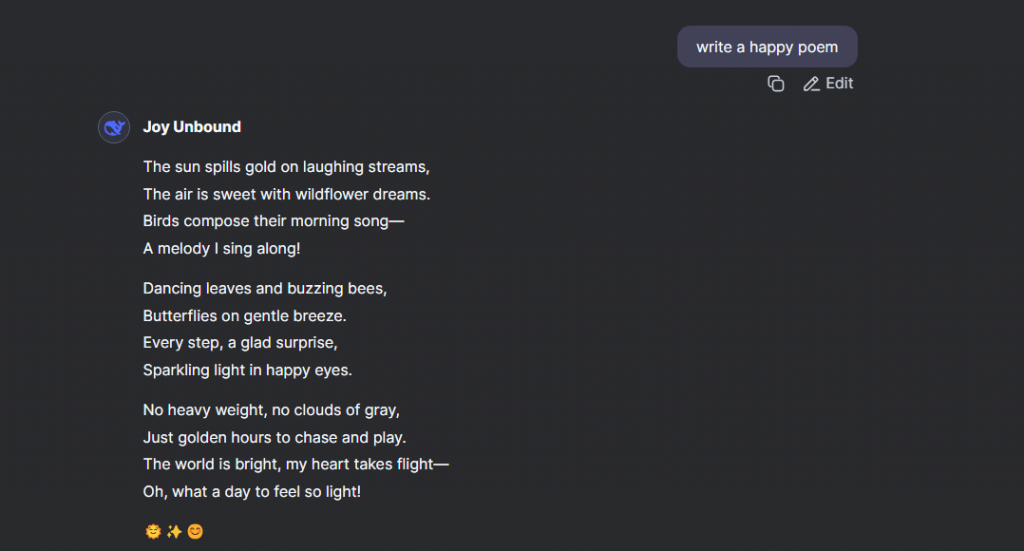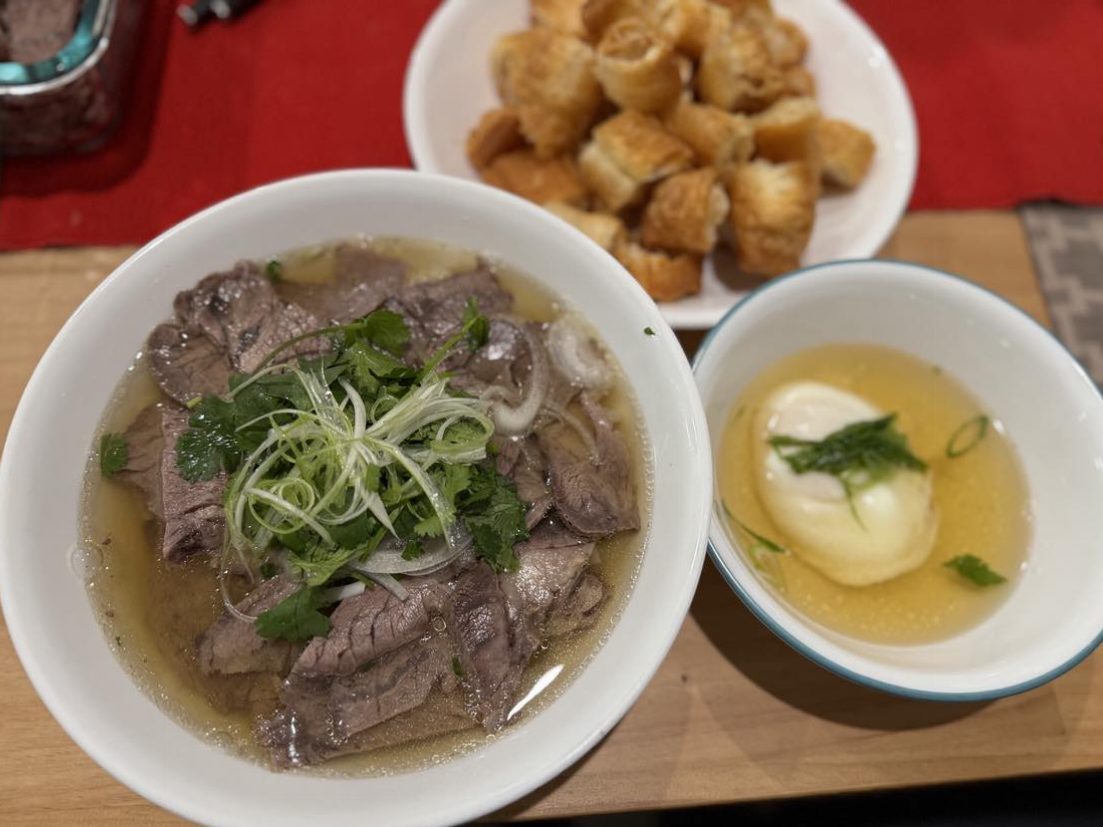What current AI-related issues, developments, or decisions do you find especially relevant to contemporary society? Craft a short post to give your classmates an overview of the issues involved and why it’s so important.
I think one of the most popular issues that are being raised by society is the ethical use of AI in the academic or research field. Nowadays, there are so many AI tools that can be used to boost your productivity, such as ChatGPT, Copilot, and Midjourney. However, the existence of those tools and their use blur the lines around authorship, originality, and intellectual integrity.
In school, with the help of AI, students can now generate a whole essay or a thousand lines of code with just a click. This has raised a serious question about plagiarism, the learning process, or “aigiarism” – the plagiarism using AI. In the workspace, people also raise a debate about whether they should consider AI-generated context as part of the contribution, which could potentially affect the hiring process and performance.
These issues are very important because they create a longstanding assumption about what creativity is. As AI tools are getting easier to access and considering how powerful they are, we urgently need updated policies and education guidelines to ensure that AI can be a righteous tool to enhance human capabilities without replacing human work.



